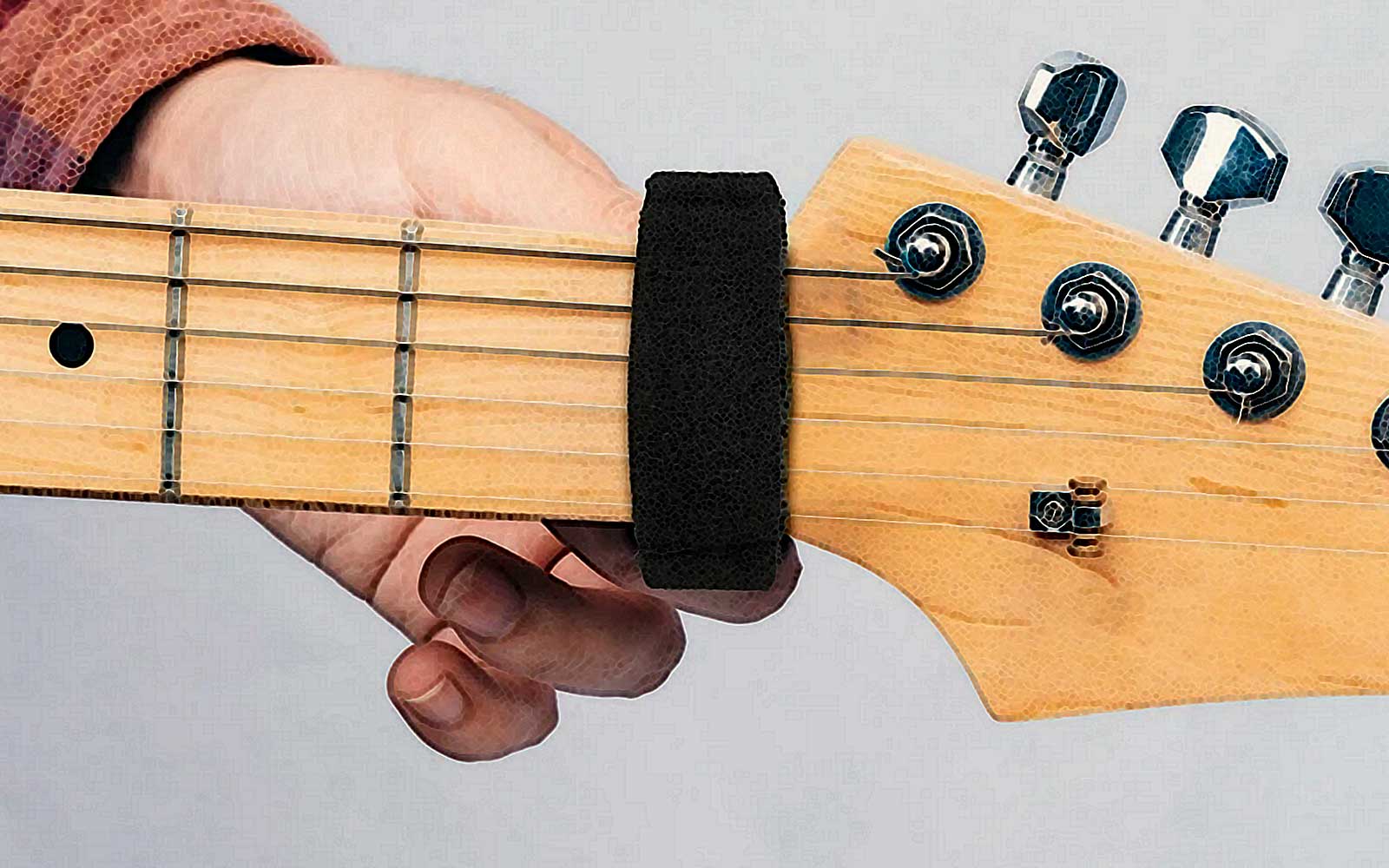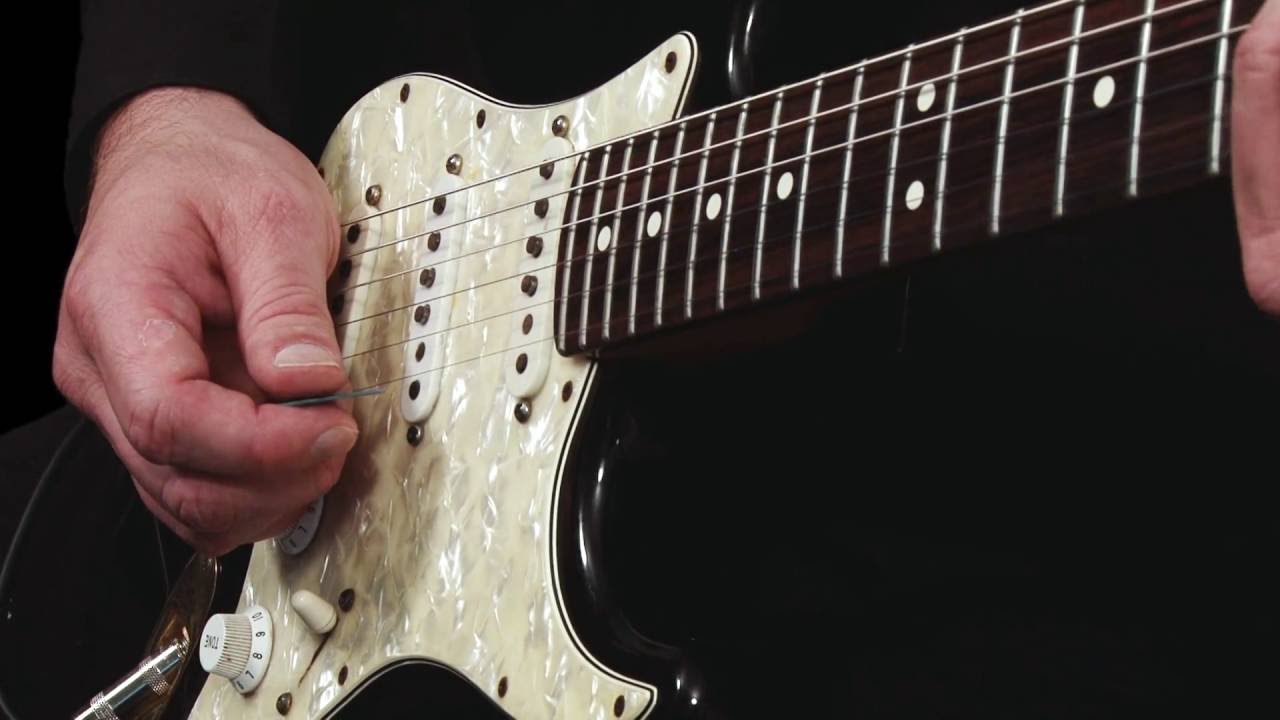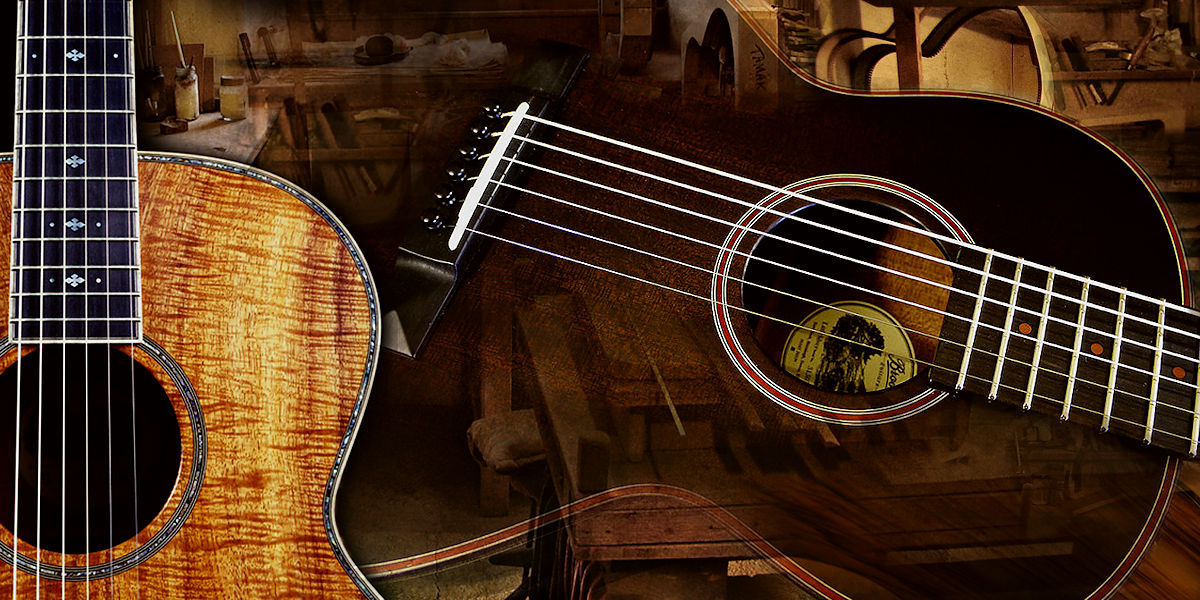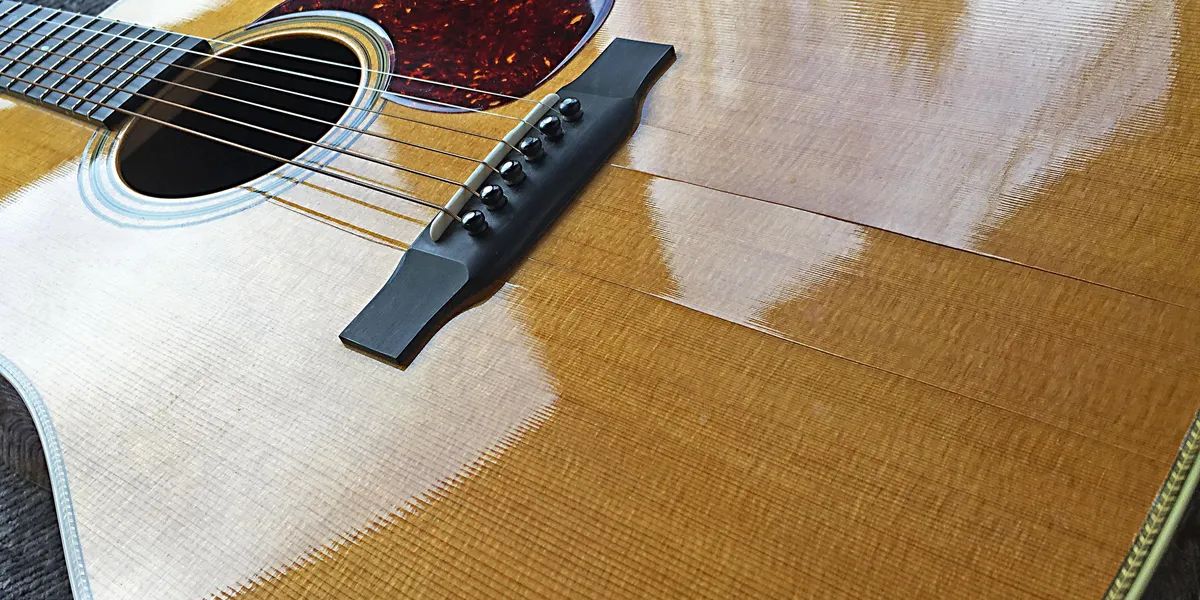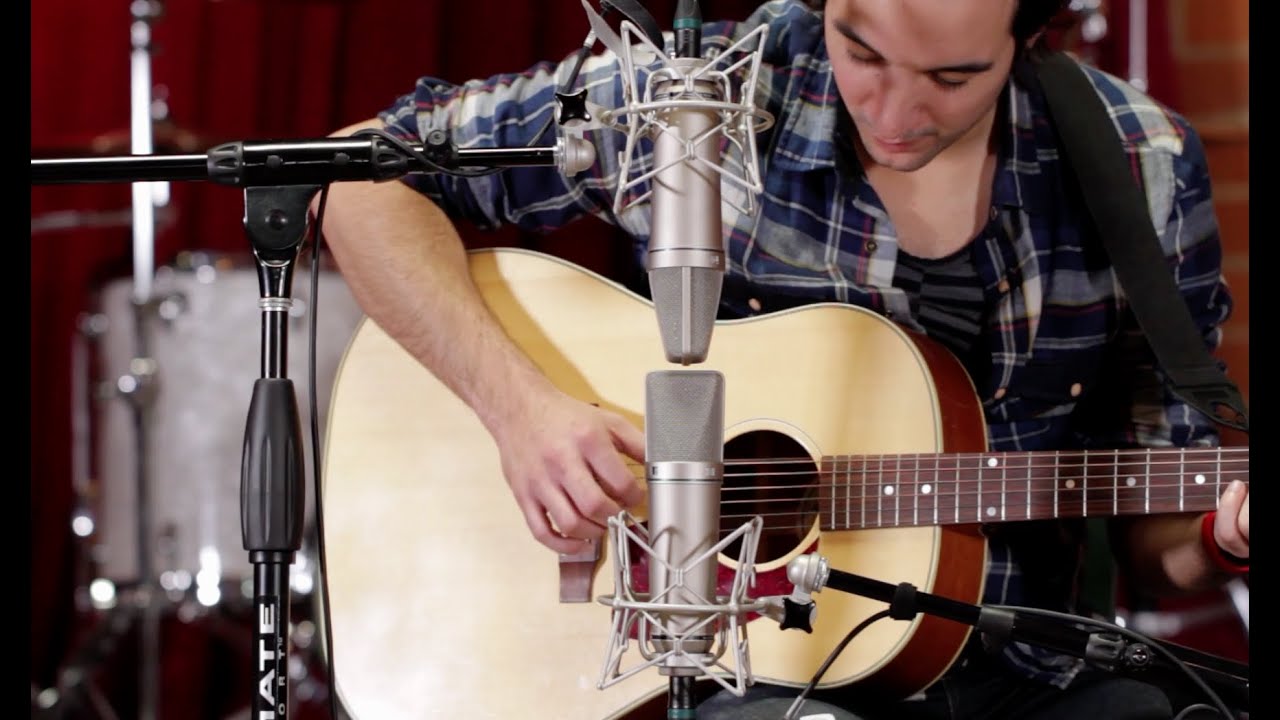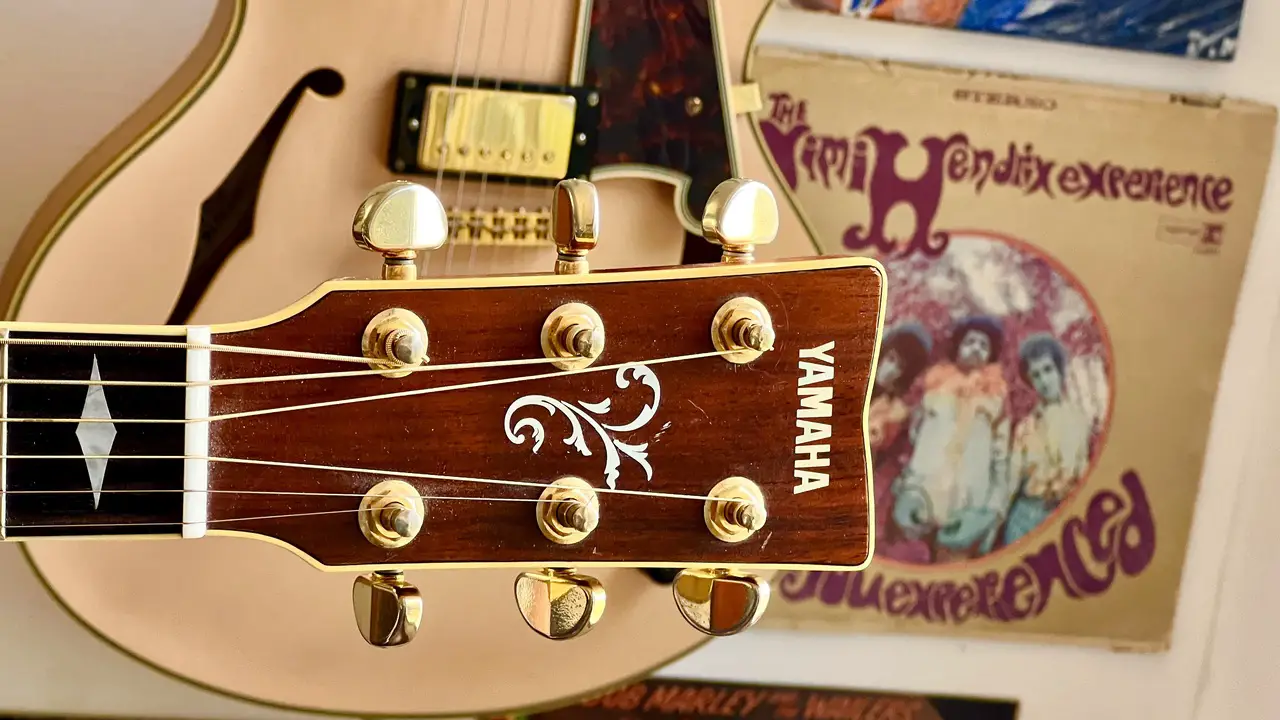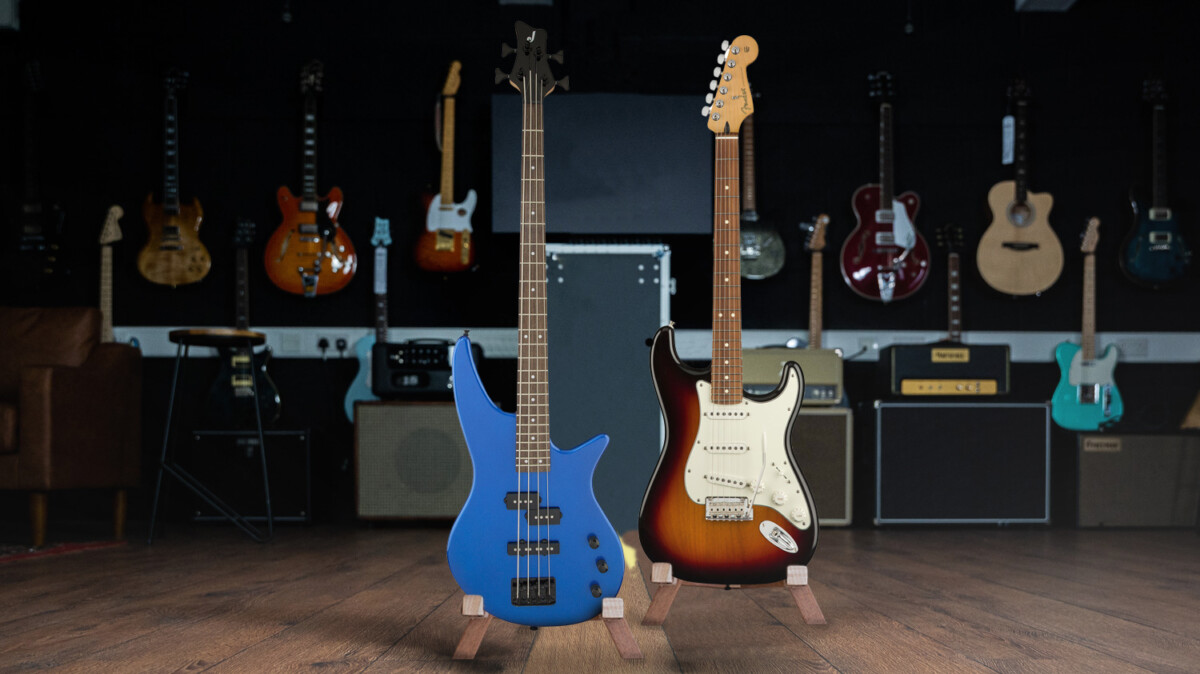Introduction
Introduction
Playing the electric guitar is an exhilarating experience that allows you to express your musical creativity with powerful and dynamic sounds. However, there are instances when you may need to muffle the sound of your electric guitar to achieve a specific tone or to control the volume in certain settings. Whether you're aiming for a softer, more subdued sound for a particular song or looking to reduce feedback during a live performance, knowing how to muffle your electric guitar effectively is a valuable skill for any guitarist.
Muffling an electric guitar involves various techniques and considerations, including the choice of materials, installation of dampening systems, use of effects pedals, and adjustments to the guitar settings. Each of these methods plays a crucial role in achieving the desired sound while maintaining the integrity of your instrument's tone. In this guide, we will explore these techniques in detail, providing you with the knowledge and skills needed to muffle your electric guitar effectively and enhance your musical repertoire. Whether you're a seasoned guitarist or just starting on your musical journey, mastering the art of muffling your electric guitar will undoubtedly expand your sonic possibilities and elevate your performance to new heights. Let's delve into the world of electric guitar muffling and unlock the potential of your musical expression.
Choosing the Right Materials
When it comes to muffling your electric guitar, selecting the appropriate materials is essential for achieving the desired sound while preserving the instrument’s tonal quality. The choice of materials can significantly impact the effectiveness of the muffling process, influencing factors such as sound dampening, resonance, and overall tonal characteristics. Here are some key materials to consider:
- Dampening Foam: Dampening foam is a versatile material that can be used to reduce unwanted vibrations and resonance within the guitar’s body. Placing dampening foam strategically within the guitar’s cavity can help absorb excess vibrations, resulting in a more controlled and subdued sound. Additionally, foam can be used to line the interior of the guitar’s pickguard, further minimizing unwanted noise and feedback.
- Muffling Strips: Muffling strips, often made of rubber or silicone, can be placed under the guitar’s strings near the bridge to dampen string vibrations. These strips effectively reduce string resonance and can be adjusted to achieve varying levels of muffling, providing a customizable approach to controlling the guitar’s sound output.
- Soundhole Covers: For electric guitars with soundholes, soundhole covers offer a practical solution for minimizing feedback and controlling acoustic resonance. These covers come in various materials, such as rubber or plastic, and can be easily installed and removed as needed, allowing for flexibility in sound management during performances or recording sessions.
- Adjustable Mute Systems: Some electric guitars feature built-in or aftermarket adjustable mute systems that allow players to alter the level of string dampening. These systems often utilize materials like felt or rubber to selectively mute strings, providing precise control over the guitar’s tonal characteristics and sustain.
By carefully selecting and utilizing these materials, you can tailor the muffled sound of your electric guitar to suit different playing styles, musical genres, and performance environments. Experimenting with various combinations of materials and placement techniques will enable you to discover the ideal balance between muffling and tonal clarity, empowering you to achieve your desired sonic expression while playing the electric guitar.
Installing a Dampening System
Installing a dampening system is a fundamental aspect of muffling an electric guitar, as it directly influences the instrument’s resonance and sustain. A well-executed dampening system can effectively control the guitar’s sound output, allowing for a more controlled and nuanced playing experience. Here are key steps to consider when installing a dampening system:
- Cavity Dampening: Begin by assessing the internal cavity of your electric guitar. Placing dampening foam strategically within the cavity can help absorb excess vibrations, reducing unwanted resonance and maintaining tonal clarity. Carefully position the foam to avoid obstructing essential components such as the pickups and electronic wiring, ensuring that the dampening material optimally addresses resonance issues.
- String Dampening: Utilize muffling strips or adjustable mute systems to dampen string vibrations and control sustain. Positioning these materials near the bridge or under the strings allows for precise adjustment of string resonance, enabling you to achieve the desired level of muffling without compromising playability.
- Soundhole Management: If your electric guitar features soundholes, consider employing soundhole covers to minimize feedback and acoustic resonance. These covers can be easily installed and removed, providing a practical solution for managing sound output in live performance settings or recording environments.
- Customization and Experimentation: As you install the dampening system, take the opportunity to experiment with different materials and placement configurations. Fine-tuning the placement of dampening materials and assessing their impact on the guitar’s sound characteristics allows for a personalized approach to achieving the desired muffling effect.
By carefully implementing a dampening system tailored to your specific guitar and musical preferences, you can effectively muffle the sound of your electric guitar while maintaining its inherent tonal qualities. The installation process provides an opportunity for creative exploration and customization, empowering you to sculpt a muffled sound that complements your playing style and musical expression.
Using Effects Pedals
Effects pedals offer a versatile and creative approach to muffling the sound of an electric guitar while introducing a wide range of tonal variations and sonic textures. By incorporating effects pedals into your setup, you can achieve nuanced control over the guitar’s sound output, allowing for expressive and dynamic muffled tones. Here are several key considerations when using effects pedals to achieve the desired muffling effect:
- Volume and Dynamics Control: Utilize volume pedals to manage the overall output level of the guitar, allowing for seamless transitions between muffled and regular playing dynamics. Volume pedals enable gradual swells and fades, enhancing the expressive potential of muffled passages and adding depth to your musical performance.
- Modulation Effects: Experiment with modulation effects such as chorus, phaser, and flanger to introduce subtle warbling and movement to the muffled sound. These effects can add dimension and character to the guitar’s tone, enriching the muffled sound with captivating textures and ethereal qualities.
- Reverb and Delay: Incorporate reverb and delay effects to create ambient and spacious muffled tones. These effects contribute to the sense of depth and atmosphere, enhancing the overall sonic landscape while maintaining the desired level of muffling. By adjusting the parameters of reverb and delay, you can tailor the decay and spatial characteristics to suit your musical context.
- Equalization and Filtering: Utilize equalizer pedals and filters to sculpt the frequency response of the muffled sound, allowing for precise tonal shaping and frequency attenuation. By selectively adjusting the EQ settings, you can fine-tune the muffled tone to achieve a balanced and well-defined sound that aligns with your artistic vision.
Effect pedals serve as powerful tools for shaping the muffled sound of an electric guitar, offering a diverse palette of sonic possibilities and tonal enhancements. By exploring the capabilities of effects pedals and integrating them into your playing setup, you can unlock a world of creative potential, elevating the muffled guitar tones to new heights of expressiveness and musical artistry.
Adjusting the Guitar Settings
When aiming to muffle the sound of an electric guitar, making strategic adjustments to the instrument’s settings can significantly impact the overall tonal characteristics and playability. By carefully fine-tuning various aspects of the guitar, you can achieve the desired level of muffling while maintaining tonal clarity and responsiveness. Here are key considerations for adjusting the guitar settings to achieve an effective muffled sound:
- String Damping: Experiment with different string damping techniques, such as palm muting and controlled finger pressure, to achieve varying degrees of muffled articulation. By adjusting your playing technique and the amount of pressure applied to the strings, you can control the level of string resonance and sustain, influencing the overall muffled sound.
- Pickup Selection and Tone Controls: Explore the tonal capabilities of your guitar’s pickups and tone controls to achieve the desired muffled sound. Selecting specific pickup configurations and adjusting tone knobs can alter the instrument’s tonal characteristics, allowing for tailored muffling effects that complement different musical styles and playing contexts.
- Bridge and Tremolo Adjustments: Fine-tune the bridge and tremolo settings to influence the sustain and resonance of the guitar. By adjusting the bridge height, tremolo tension, and intonation, you can optimize the instrument’s response to muffled playing techniques, ensuring a balanced and controlled sound output.
- Action and Neck Relief: Consider the action and neck relief of the guitar when aiming to achieve a muffled sound. Adjusting the string action and neck relief can impact the playability and tonal response, allowing for a comfortable playing experience while maintaining the desired level of string dampening.
By methodically adjusting the guitar settings and exploring the interplay between playing technique and instrument configuration, you can tailor the muffled sound to suit your artistic vision and musical expression. Embracing the versatility of the electric guitar and its adjustable components empowers you to sculpt a muffled tone that resonates with your unique playing style and creative aspirations.
Conclusion
Mastering the art of muffling an electric guitar opens up a world of sonic possibilities and creative expression. By understanding the diverse techniques and considerations involved in achieving a muffled sound, you can harness the full potential of your instrument and elevate your musical performances to new heights. Whether you seek to control volume levels, shape dynamic textures, or explore nuanced tonal variations, the ability to effectively muffle your electric guitar is a valuable skill that enhances your musical repertoire.
Throughout this guide, we have delved into the intricacies of selecting the right materials, installing dampening systems, utilizing effects pedals, and adjusting guitar settings to achieve the desired muffled sound. Each of these methods contributes to a comprehensive approach to muffling the electric guitar, offering a blend of technical precision and artistic exploration.
As you navigate the realm of electric guitar muffling, remember that experimentation and customization are integral to the process. Embrace the opportunity to explore different materials, techniques, and sonic textures, allowing your creativity to guide the development of a muffled sound that resonates with your musical vision.
Ultimately, the art of muffling an electric guitar is a dynamic and evolving journey, shaped by your unique musical sensibilities and expressive aspirations. By honing your skills in muffled playing techniques and sound management, you not only expand your sonic palette but also deepen your connection to the instrument, fostering a deeper understanding of its tonal capabilities and expressive potential.
As you continue to refine your approach to muffling the electric guitar, let your creativity and passion for music be your guiding forces. Embrace the nuances of muffled tones, and allow them to enrich your musical narratives, adding depth and emotion to your performances. With dedication, experimentation, and a keen ear for sonic nuances, you can master the art of muffling your electric guitar, unlocking a world of expressive possibilities and musical innovation.







